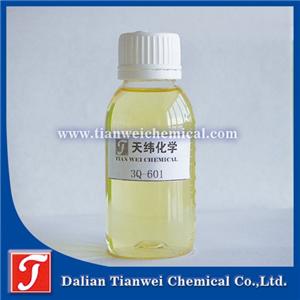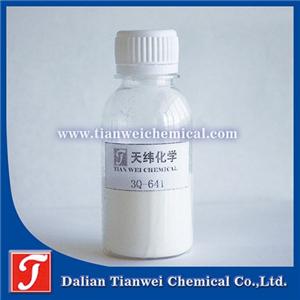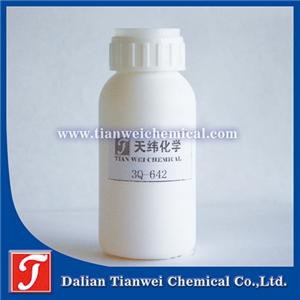-
Introduction to Antibacterial agents for injection-molded cane handles
The antibacterial agents for the handles of injection-molded walking sticks can be inorganic silver-based antibacterial agents, organic quaternary ammonium salt antibacterial agents or nano zinc oxide antibacterial agents. The specific introduction is as follows: Inorganic silver-based antibacterial agents Antibacterial principle
20-10-2025 -
The function of adding antibacterial agents to makeup brushes
The core function of adding antibacterial agents to makeup brushes is to inhibit bacterial growth, protect skin health, and extend the lifespan of the tools. It destroys the structure of bacteria through chemical or physical means, reduces skin problems caused by contamination of makeup tools, and at the same time lowers the wear and tear on the bristles due to frequent cleaning. The following is the specific analysis:
07-10-2025 -
Detergent preservatives Effectively controls microorganisms
Among household cleaning products, dishwashing liquid is a powerful assistant in removing grease stains from tableware and kitchen utensils. However, due to the large amount of water and organic nutrients in its composition,
01-10-2025 -
The makeup sponge, beauty egg and antibacterial agent provide long-lasting antibacterial protection for skin health
Sponge beauty egg antibacterial agent is a functional ingredient added to beauty eggs (sponge material makeup tools). Its core function is to reduce the risk of skin infection caused by tool contamination by inhibiting or killing bacteria, fungi and other microorganisms, while extending the service life of beauty eggs
28-09-2025 -
The application of antibacterial agents in the production of medical catheters
In the medical field, catheters, as key devices connecting the inside and outside of the human body or different parts within the body, are widely used in scenarios such as drainage, drug administration, interventional diagnosis and treatment, and monitoring. However, the direct contact of the catheter with body fluids and blood makes it a breeding ground for microorganisms, significantly increasing the risk of nosocomial infection. According to statistics, the global medical expenses caused by catheter-related infections exceed several billion US dollars each year, among which urinary tract infections associated with catheters and central venous catheter-related bloodstream infections account for a relatively high proportion. Therefore, adding antibacterial agents in catheter production has become a core strategy for enhancing medical safety. I. The Core Role of Antibacterial Agents in Catheter Production
01-08-2025 -
The application fields of antibacterial and antifungal agents for foaming materials
Disposable tableware: After adding antibacterial and antifungal agents to foaming materials such as polystyrene foam board (EPS), it can inhibit the growth of microorganisms caused by food residues, extend the shelf life of tableware, and at the same time reduce the risk of material degradation caused by mold erosion. Packaging field
11-07-2025 -
What antibacterial agents should be added to plastic powder for antibacterial purposes?
If the plastic powder needs to undergo antibacterial treatment, Tianshi Landun Silver Ion Antibacterial Agent can be added. The characteristics, antibacterial principle and addition suggestions of the powder coating antibacterial agent are as follows:
08-07-2025 -
Solutions for adding anti-mold and antibacterial agents in wallpaper production
In the production of wallpaper, adding anti-mold and antibacterial agents can start from aspects such as choosing the appropriate type of antibacterial agent, optimizing the addition process, and combining with other anti-mold measures. The following are specific solutions:
02-07-2025 -
Introduction and Application Directions of Antibacterial Agents for pet
Antibacterial agents for PET are mainly classified into inorganic antibacterial agents, organic antibacterial agents and compound antibacterial agents. They are widely used in fields such as food packaging, pharmaceutical packaging, textiles, building materials and medical devices.
13-06-2025 -
Classification and application of antibacterial agents for inorganic coatings
Antibacterial agents for inorganic coatings are a type of additive that achieves antibacterial functions through inorganic components. They have the advantages of high safety, good heat resistance, and long-lasting antibacterial properties, and are widely used in fields such as construction, medical care, and home appliances. The following is a detailed introduction from aspects such as classification, antibacterial mechanism, and application scenarios:
11-06-2025




